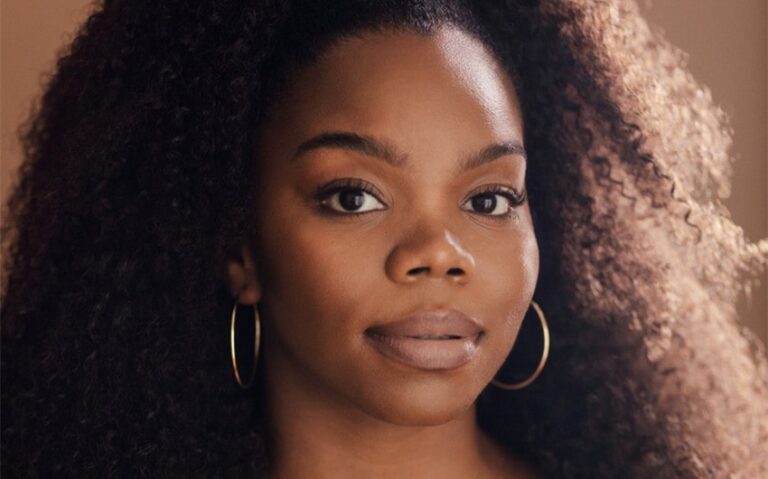Sophia Deso OnlyFans: Influence, Reclamation, and the Journey Behind the Persona
Sophia Deso has always known how to command attention. With a digital presence that spans millions of followers, her entry into OnlyFans was less of a pivot and more of a power move. But beyond the glamour and buzz, there’s a deeper story at play—one that explores visibility, ownership, and transformation. This article traces her journey from social media darling to bold creator, and how her presence on OnlyFans reflects something more intimate, more rebellious, and ultimately, more authentic.
Behind the Screens: Love, Privacy, and Public Judgment
Adding to the complexity of Sophia Deso’s digital identity is the fact that she is married—a detail that has ignited even more scrutiny around her OnlyFans presence. While some fans admire her openness and independence, others have questioned how adult content intersects with traditional notions of partnership and commitment. The speculation has been relentless, and the internet—rarely a space for nuance—has not held back in forming its opinions.
For Sophia, navigating these conversations requires more than confidence; it demands resilience. She’s spoken in veiled language about the pressures of balancing personal relationships with public expectation. Being married and highly visible on an adult platform puts her in a unique position—one where boundaries are constantly being tested, and respect must be earned rather than assumed.
There have been moments when the turbulence of blending real life and digital exposure has been obvious. Hints of emotional exhaustion, deleted comments, cryptic Instagram stories—they all suggest a narrative that’s still unfolding, with chapters full of hard conversations, evolving understandings, and sometimes, painful trade-offs. This is not just about sexual empowerment—it’s about the costs of visibility, and the courage to keep showing up when the spotlight is both blinding and isolating.
From Instagram Fame to Independent Expression
Sophia Deso first caught the public eye through platforms like TikTok and Instagram, where she posted comedic sketches, lifestyle content, and relationship moments that quickly went viral. Her charm was disarming, her timing sharp, and her style ever-evolving. As she built her audience, she became more than just a social media influencer—she became a brand.
But with fame came scrutiny. The curated perfection of social media left little room for depth or deviation. Sophia began facing the classic dilemma of modern creators: how to remain authentic in a space that rewards performance over honesty. When she joined OnlyFans, it marked a quiet rebellion against those limitations. It was a space where she could explore dimensions of herself that didn’t conform to the “Instagram ideal.”
Claiming Control Through Content
Unlike many creators who treat OnlyFans purely as a business move, Sophia infused her new platform with intention. Her content wasn’t just revealing in the physical sense—it revealed her perspective, her humor, her mood swings, her messy mornings. The same storytelling instinct that worked on short-form platforms found new freedom here.
She maintained her sense of playfulness while shifting into a more unfiltered aesthetic. Fans noticed the contrast: here was Sophia with no filters, no approval-seeking captions, no corporate hashtags. Instead of curating herself to please the masses, she began curating herself to please herself—and that’s what made her content magnetic.
Facing Backlash and Setting Boundaries
As with many public figures who shift into adult-oriented platforms, Sophia faced her share of criticism. Some fans felt betrayed, others objected on moral grounds. Media coverage oscillated between fascination and judgment. But Sophia didn’t shy away from these reactions—instead, she used them to clarify her values and draw a line between her public persona and personal agency.
In candid interviews and direct messages to fans, she addressed misconceptions head-on. Her message was clear: sexuality is not shameful, and choosing to express it is an act of empowerment, not desperation. She also drew boundaries around what she would and would not share, reinforcing the idea that consent remains crucial—even in spaces built on visibility.
Unpacking the Persona
Sophia’s digital persona is more complex than early followers might have assumed. While she once played the bubbly girlfriend role in viral couples content, her OnlyFans persona is softer, moodier, more introspective. She posts long captions that veer into poetic, shares music that resonates with her state of mind, and poses in ways that feel more about self-exploration than seduction.
This evolution reveals a woman determined to define herself on her own terms. Rather than be pigeonholed by past content, Sophia is writing a new chapter—one where her voice matters as much as her visuals. In this way, she invites fans to reimagine what a content creator can be: not a product, but a person in progress.
Audience Intimacy and Real-Time Growth
One of the most transformative aspects of Sophia’s OnlyFans journey is her growing closeness with her audience. Unlike public platforms where comments disappear under filters or trolls, OnlyFans gives her the space to engage meaningfully. She answers questions, listens to feedback, and reflects that feedback in her posts.
This intimacy has helped build a core community—one that sees her as a multifaceted creator, not a fleeting trend. It’s a reminder that people don’t just subscribe for visuals—they subscribe for vulnerability, consistency, and connection.
Reclaiming the Digital Gaze
By shifting her presence to OnlyFans, Sophia Deso reclaims the gaze that social media so often distorts. No longer beholden to brand deals or algorithmic constraints, she offers an unfiltered version of herself—sometimes sultry, sometimes solemn, always sovereign. Her work suggests that femininity need not conform to tidy boxes, and that performance can also be a path to self-discovery.
She has challenged viewers to look beyond the aesthetics and into the intentions. Through her images and words, she rewrites the rules of what visibility means in a digital age. In a culture that often commodifies young women, Sophia flips the script—she is not for sale; she’s in charge of the entire transaction.
Legacy Beyond the Feed
Sophia’s trajectory hints at a broader influence beyond the adult creator space. As fans and critics alike dissect her choices, what emerges is a larger conversation about autonomy, mental health, creative freedom, and the evolving shape of fame. She’s not just adapting to a new platform—she’s helping shape what that platform can mean for others who follow.
There’s talk of her branching into mentorship or launching her own creative agency. Given her natural instincts for storytelling and branding, such moves feel inevitable. What began as a rebellion now looks like a renaissance—a shift from being known to being understood.
Conclusion: Sophia Deso as a New Blueprint
In the noisy landscape of online fame, Sophia Deso has chosen to listen to herself. Her OnlyFans is less about shock and more about reclamation—of voice, of gaze, of narrative. She invites her audience not to watch, but to witness: her growth, her boldness, and her refusal to shrink.
Sophia Deso isn’t escaping the spotlight—she’s remaking it. And in doing so, she becomes not just a creator, but a creator of new possibilities.
Featured image source: thenetline.com







